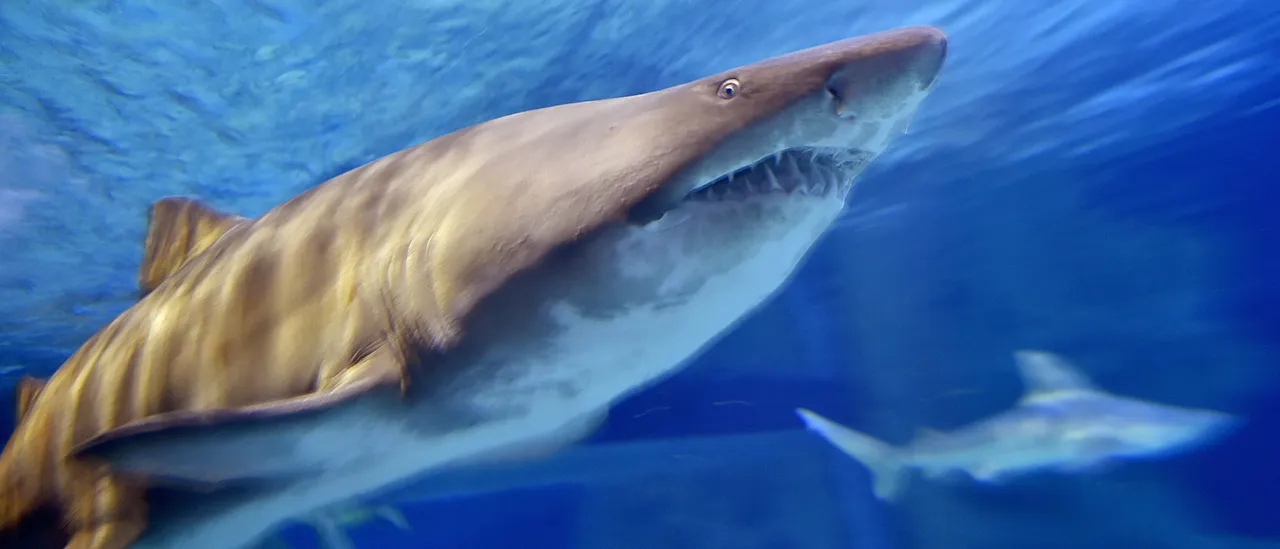Stockholm — The United States has joined NATO in military exercises amidst rising tensions and accusations of Russian hybrid warfare. Mysterious drone sightings near airports and military bases across Europe have heightened concerns over alleged Russian incursions into NATO airspace. Some allies assert that Europe currently exists in a precarious gray zone, teetering between peace and war.
The ongoing military exercises, which took place in contested waters of the Baltic Sea, showcased NATO’s commitment to collective defense. A German submarine simulated an enemy threat while U.S. forces provided aerial reconnaissance in spy planes. Commander Arlo Abrahamson, a U.S. Navy officer and spokesperson for NATO’s maritime headquarters, emphasized the interconnectedness of potential threats in the region. “NATO is a defensive alliance,” he stated. He warned that if conflict were to arise in northern Europe, it would adversely affect the United States as well.
Several NATO allies, including Sweden, Finland, Poland, and Germany, share a Baltic coastline with Russia and have become increasingly concerned about the Kremlin’s actions. Over recent years, Russia has been linked to a series of acts of sabotage, including damaging undersea data cables crucial to global internet infrastructure. Some experts contend that Russia may be testing the limits of how much disruption it could inflict on Western economies in the event of military conflict.
Sweden, which has historically adhered to a policy of military non-alignment for over 200 years, is now a NATO member following Russia’s invasion of Ukraine in 2022. The Swedish navy provided rare access to one of its stealth warships, the HMS Helsingborg, during the exercises. Commander Paula Wallenburg remarked on the daily reality of facing Russian threats, stating, “We face the Russians every day, sharing the same duck pond, so to say.” She echoed sentiments from Lithuanian officials who accuse Russia of engaging in hybrid warfare through alleged airspace violations and acts of sabotage.
“We’re not at peace, but not at war,” Wallenburg noted, reflecting on the current geopolitical climate. She further highlighted the similarities to the Cold War era, when tensions between the nuclear-armed U.S. and the Soviet Union reached alarming levels without erupting into full-scale war. “It’s a very serious situation when it comes to security here in this area,” she added.
The Kremlin has already declared that Russia is at war with NATO due to the alliance’s support for Ukraine. In response, countries surrounding the Baltic Sea have committed to significantly increasing military spending and enhancing their defense capabilities.
As exercises continue, the situation underscores the fragile security landscape in Europe and the potential implications for global stability.







